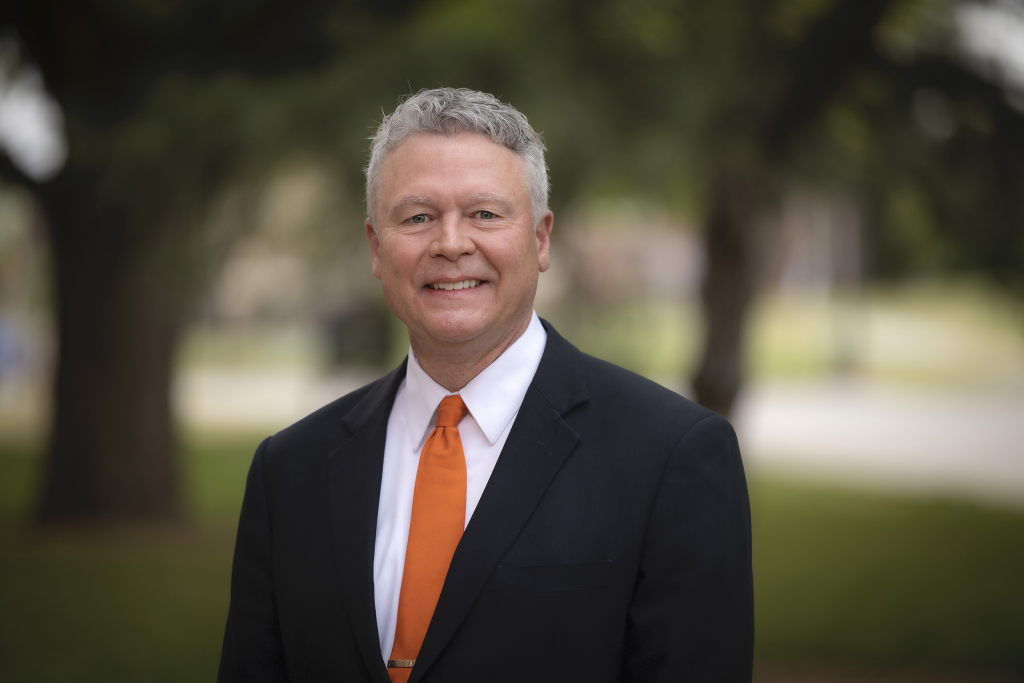
Farm Director, KC Sheperd, is visiting with the Associate Vice President of Research at Oklahoma State University, Scott Senseman, about agricultural research in Oklahoma.
“We have several campaigns going on with our ag comm services group there, and we are really trying to highlight more about some of the stories that are having an impact on the state of Oklahoma and some of the things that our scientists are working on,” Senseman said. “We just want to be able to highlight those in the best possible light, and so we are really having a concerted effort to try and make those stories known in multiple ways.”
Senseman said there are three pieces of the land grant system, and land research is one of those.
“We also have the extension service, which we now call OSU Extension, and then we have the teaching aspect of things,” Senseman said. “Of course, that is our Ferguson College of Agriculture now. All three of those pieces together create a land grant system where we have research going on, we extend those findings out to the public, and then we have taught a lot of those same things coming from the research and extension programs to the young people coming through.”
Senseman also talked about field days, which allow Oklahomans to learn about the latest ag research.
“We are really trying to identify and highlight and really promote at least five to seven field days a year to really make sure that we get the right kind of people that really are key people in the state of Oklahoma to hear the stories that are coming out,” Senseman said.
Regarding ag research activity at OSU, Senseman said there are 16 locations with about 40 facilities for research taking place.
“A lot of that is around the Stillwater area, but all of those 16 locations encompass the diversity of the state of Oklahoma from the southeastern part, where we have a lot of rainfall and forestry, to the panhandle, where we have 15 inches of rain or less,” Senseman said.
It is great to have research in different parts of the state, Senseman said, because it encompasses the diversity of the state to learn what kinds of crops do well in different environments.
Senseman said he is looking forward to the resources that will be available in the New Frontiers Ag Hall.
“One of the cool things I think that is going to come out of our new building space is a sense of collaboration, and it is really built for that design, so we have moveable parts and laboratories, and we have gathering places that are way different than our current ag space in our Ag Hall now,” Senseman said. “All of those kinds of things are going to really, I think, encompass a tremendous amount of collaboration going forward.”















